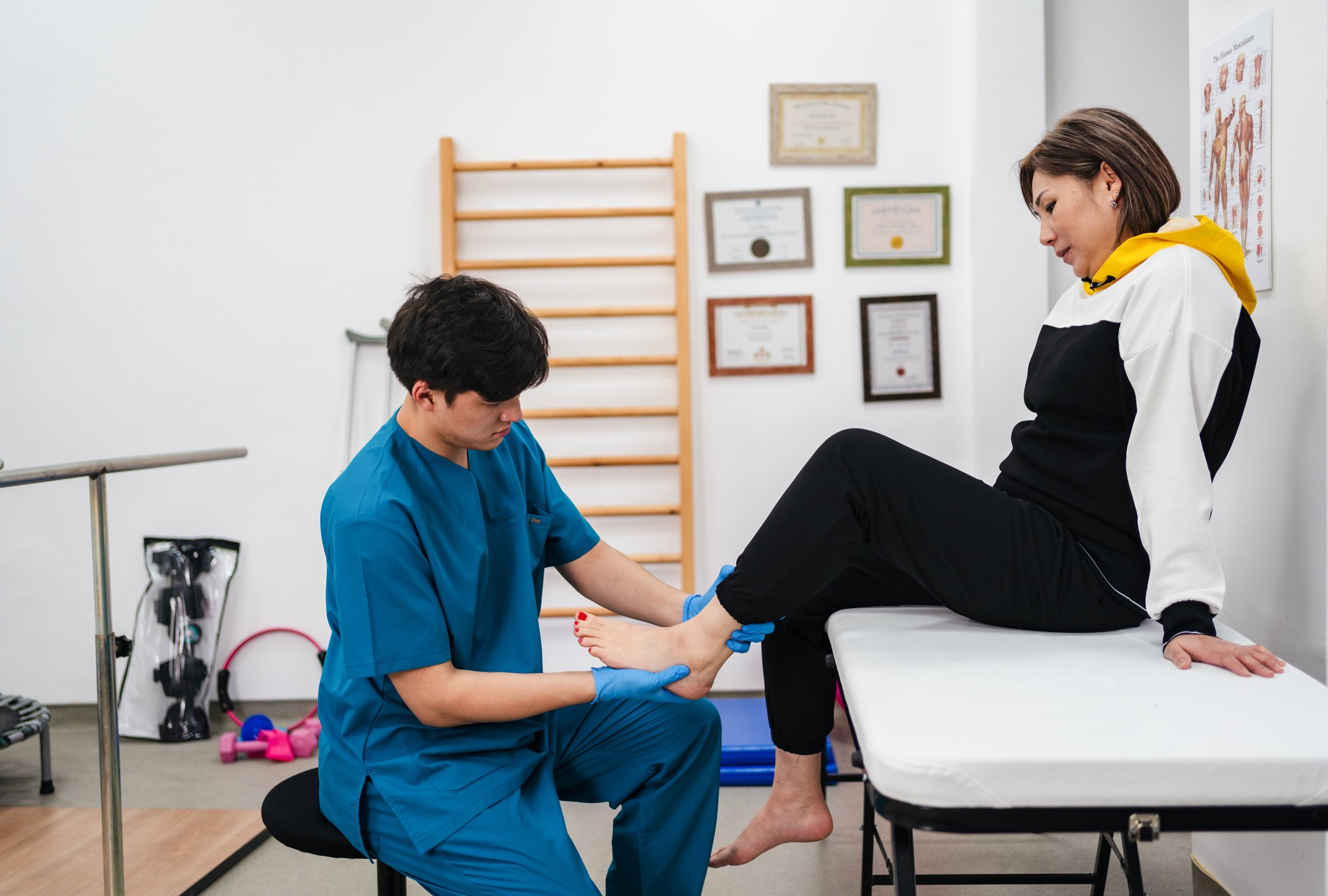
Do you want to know how to become an athletic trainer?
How to become an athletic trainer
If you’re thinking about becoming an athletic trainer (AT), it’s important to get the right information so that you understand what’s ahead of you. ATs play an important role in a collaborative care team. This is because they’re highly-skilled medical professionals. Ultimately, an athletic trainer’s role is to make sure their patients get excellent care and can return to their activity. Concordia University Wisconsin offers three paths toward becoming an athletic trainer.
3 Paths toward becoming an athletic trainer
Concordia offers the following options:
- Enter as a freshman and do a five-year track. This path includes a Bachelor of Science in Sports Medicine and a Master of Science in Athletic Training.
- Enter as a freshman and do a four-year scholars track. You need to qualify for this program in order to apply. This path includes a Bachelor of Science in Sports Medicine and a Master of Science in Athletic Training.
- If you have a bachelor’s degree, enter the new, two-year, year-round M.S. in Athletic Training program. The first cohort will begin in the Summer of 2022.
What’s the MSAT coursework like?
Concordia’s M.S. in Athletic Training (MSAT) program will prepare you to enter into a variety of employment settings. Throughout your training, you’ll learn best practices for engaging with a diverse population of individuals engaged in physical activity.
If you’re feeling nervous about the challenging coursework, Dr. Liesener shares some useful advice. She says, “MSAT students will need to take some challenging courses. Our curriculum is designed and scaffolded to foster student success. As long as you tackle each course with energy, passion, and effort, you should be able to excel in the classroom!”
Dr. Liesener shares how passionate the faculty is about student success. “I’m honored to be part of a faculty that places the students first. It is extremely fulfilling to work in an environment where our faculty and staff dedicate all of their energy to pushing our students to realize and reach their full potential.”
Hands-on learning is important
Dr. Liesener is passionate about connecting students with experiential learning opportunities. She says, “Our focus on hands-on learning is a one of our key strengths as a program. First of all, most of the MSAT classes are designed to incorporate as much hands-on learning as possible in the classroom.”
In addition to the day-to-day classroom experiences, every MSAT student completes six clinical education courses. Liesener continues, “Here, at clinical education, our students get the opportunity to bridge their classroom learning with the real world, treating actual patients throughout the program.”
How do you know if becoming an AT is right for you?

CUW’s Athletic Training Program Director Dr. Kate Liesener sums it up like this: “If you are someone who likes helping others and enjoys working with an active population, this could be a good fit for you.” Liesener believes that athletic training is an extremely rewarding profession. This is because you have the opportunity to make a significant impact in the lives of other people.
If you’re seriously considering a future in athletic training, it’s a good idea to research a variety of employment settings. There are a lot of possibilities when it comes to finding the right-fit workplace, so knowing what’s out there ahead of time helps.
Do you want to know more?
If you want more information on becoming an AT through Concordia University Wisconsin’s program, visit us here.
—
If this story has inspired you, why not explore how you can help further Concordia's mission through giving.